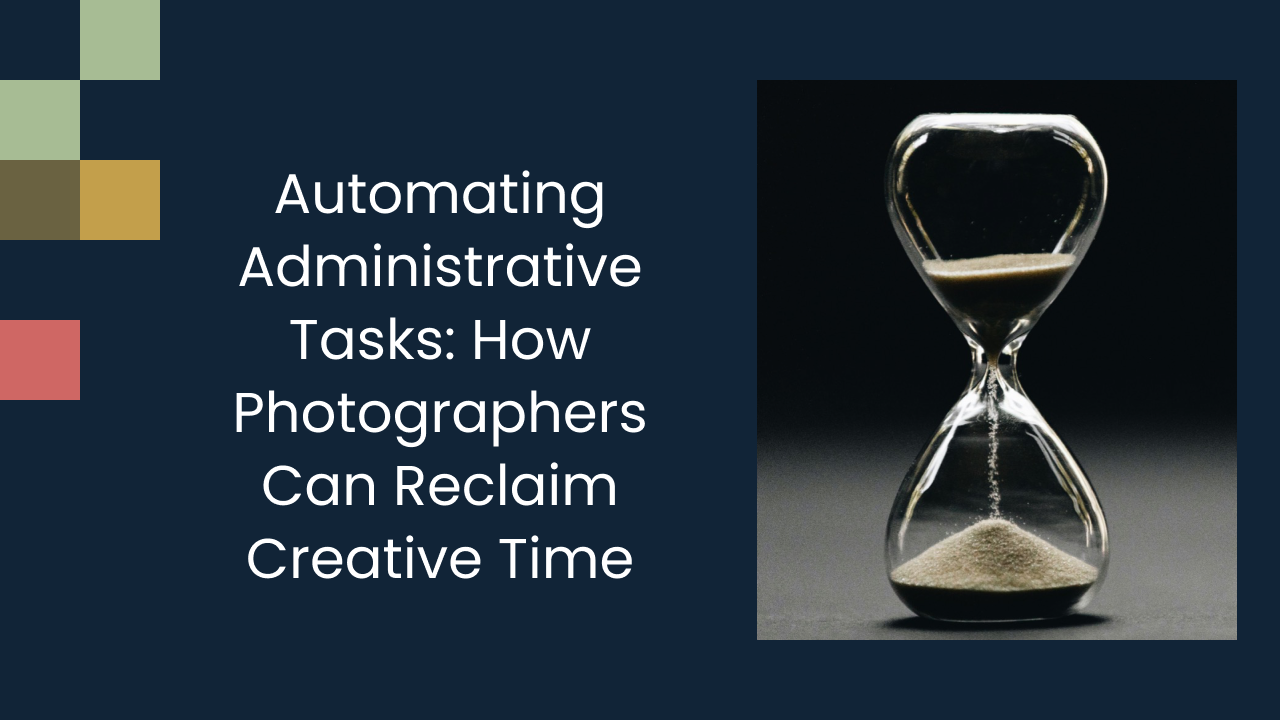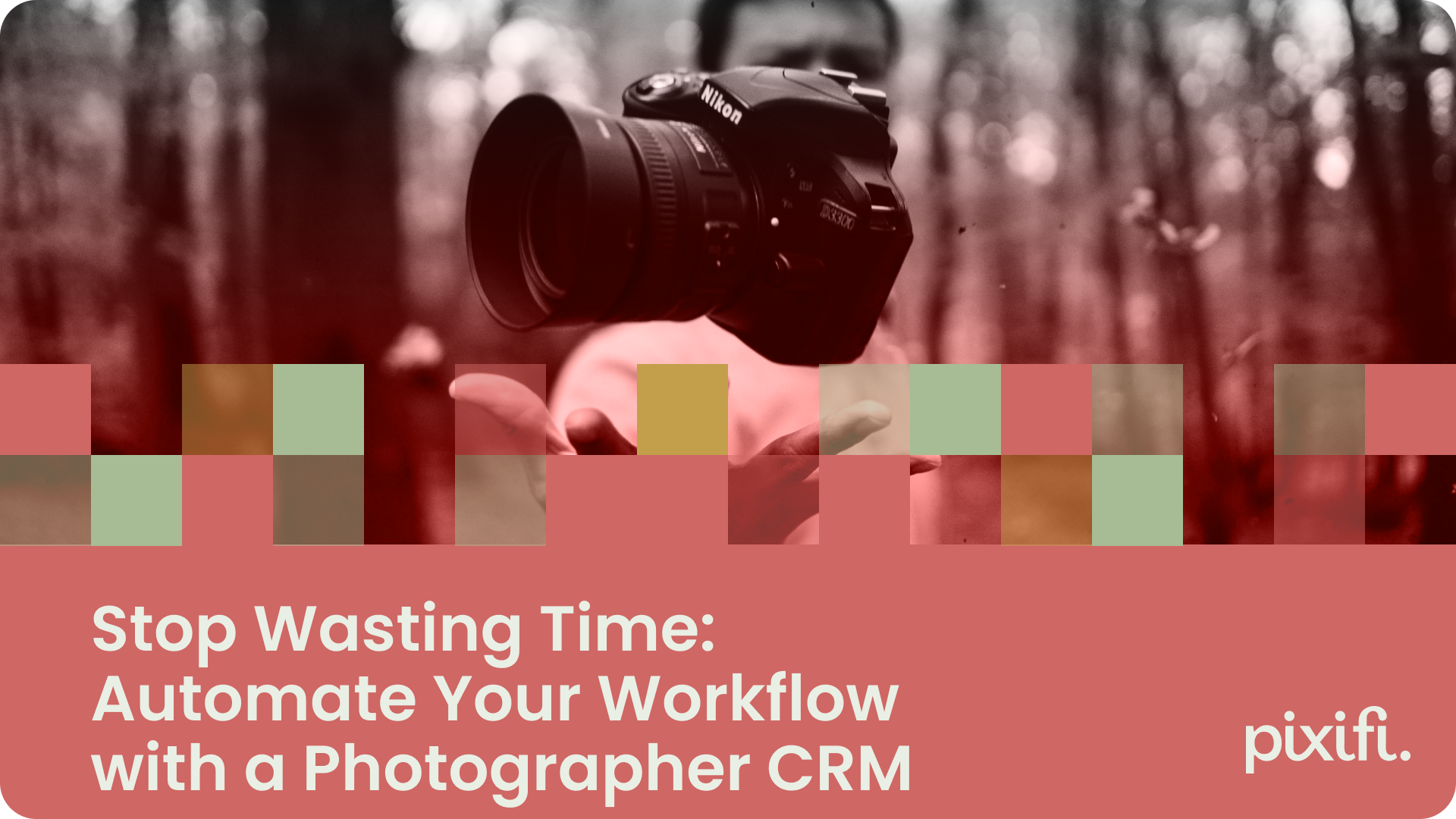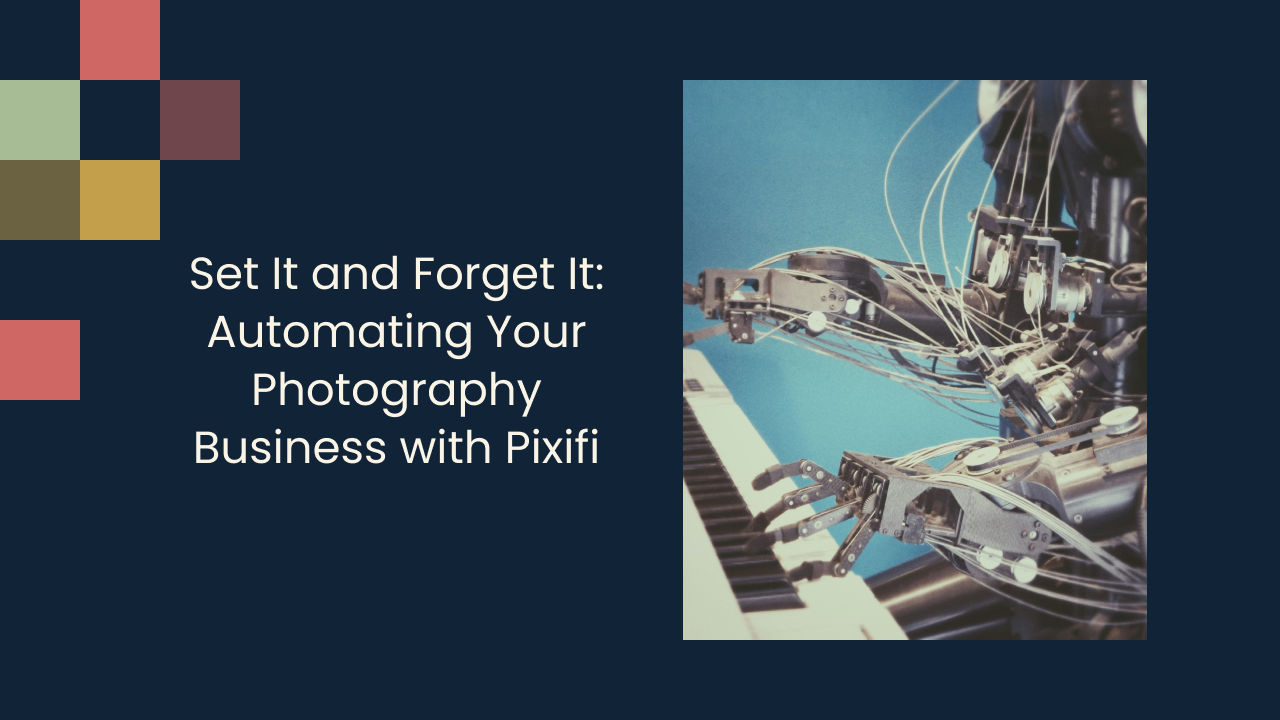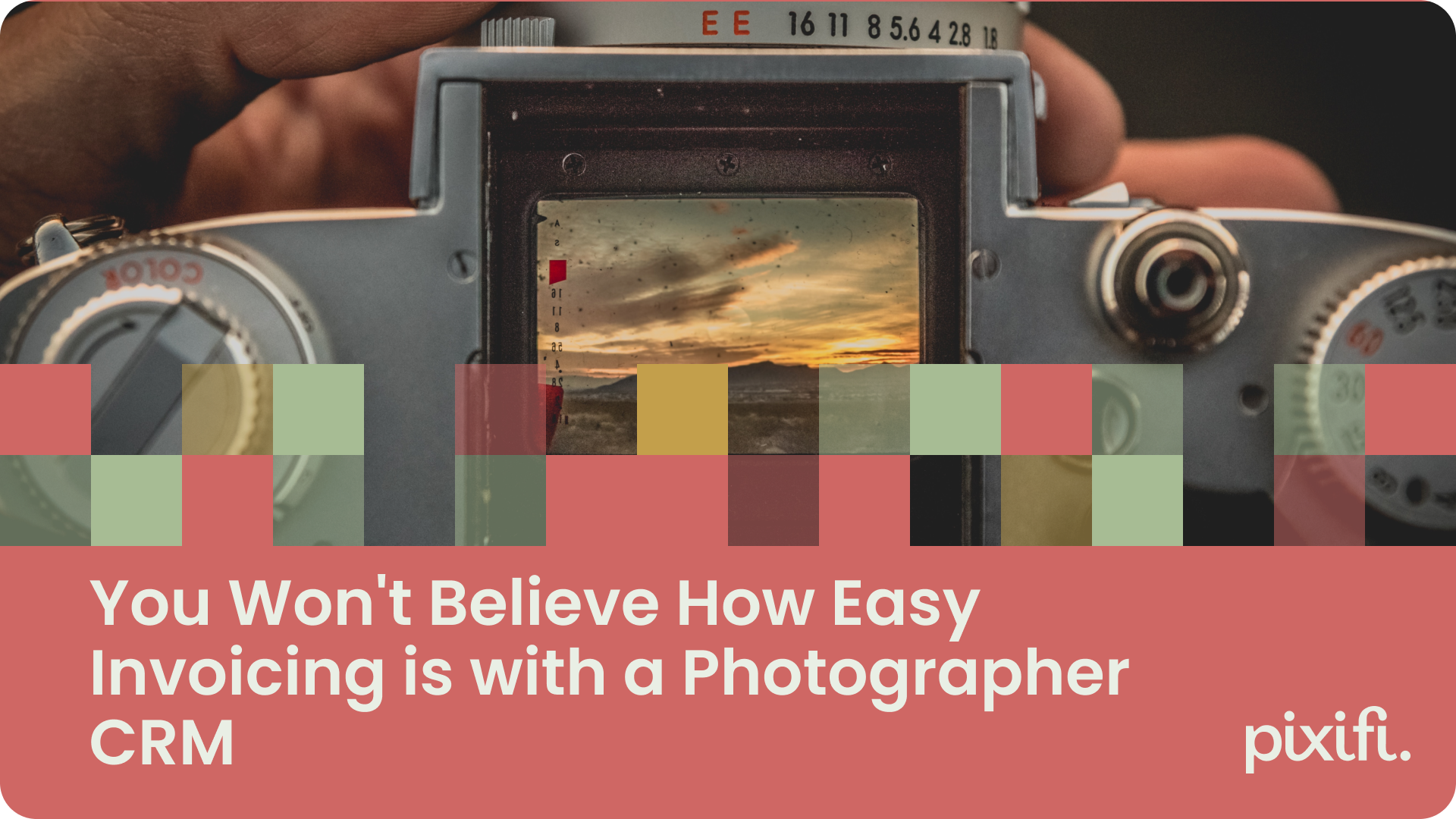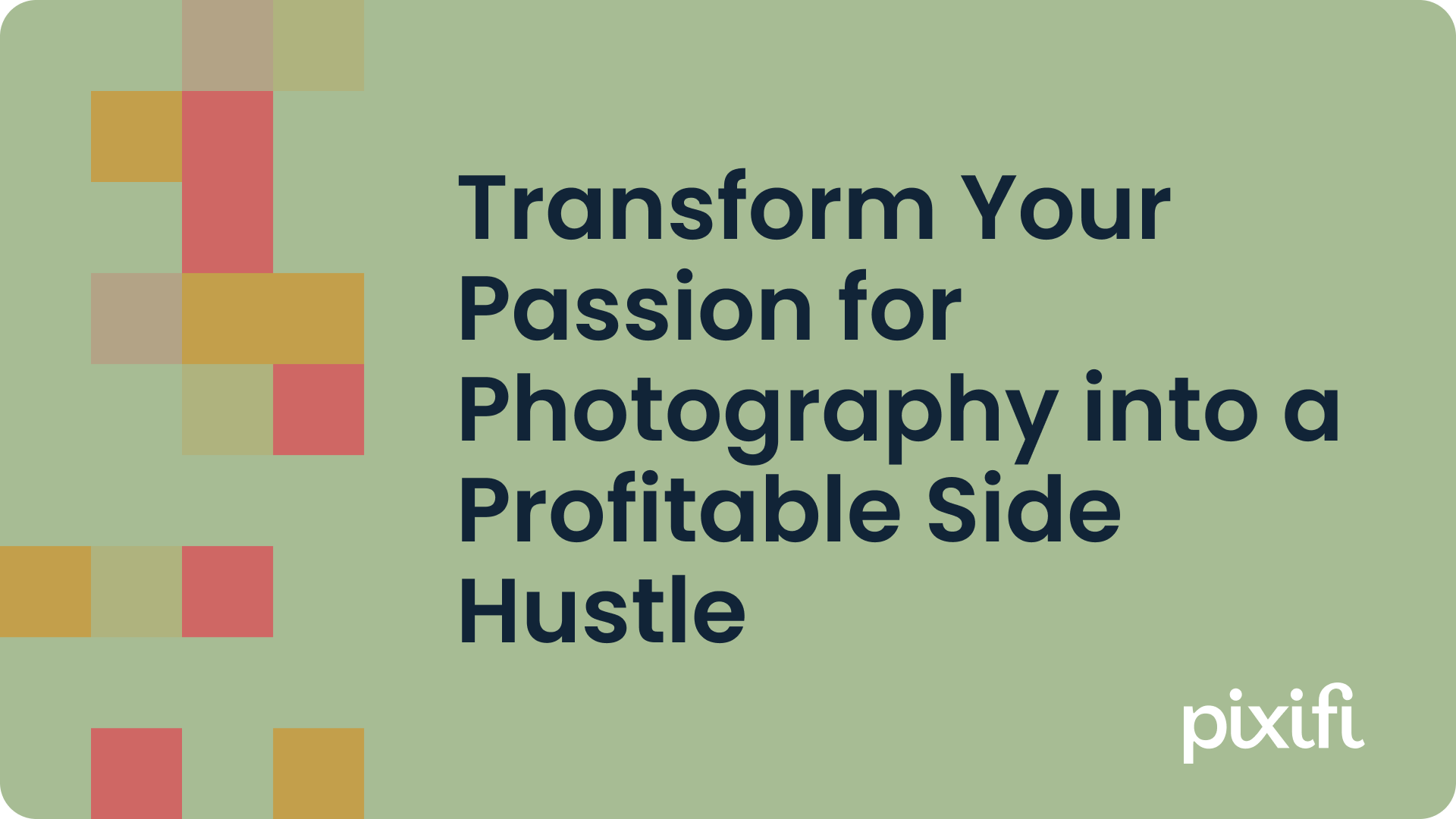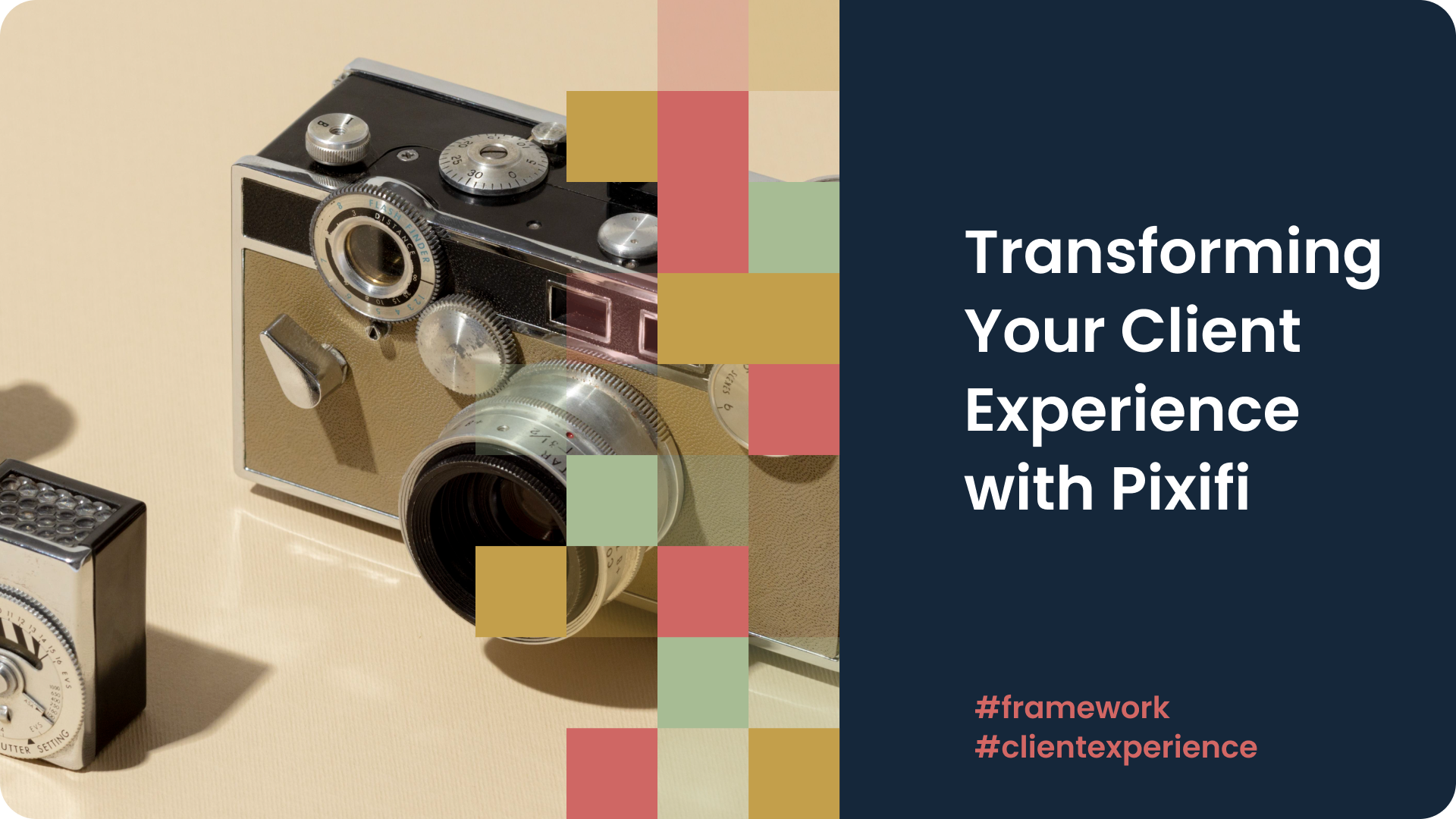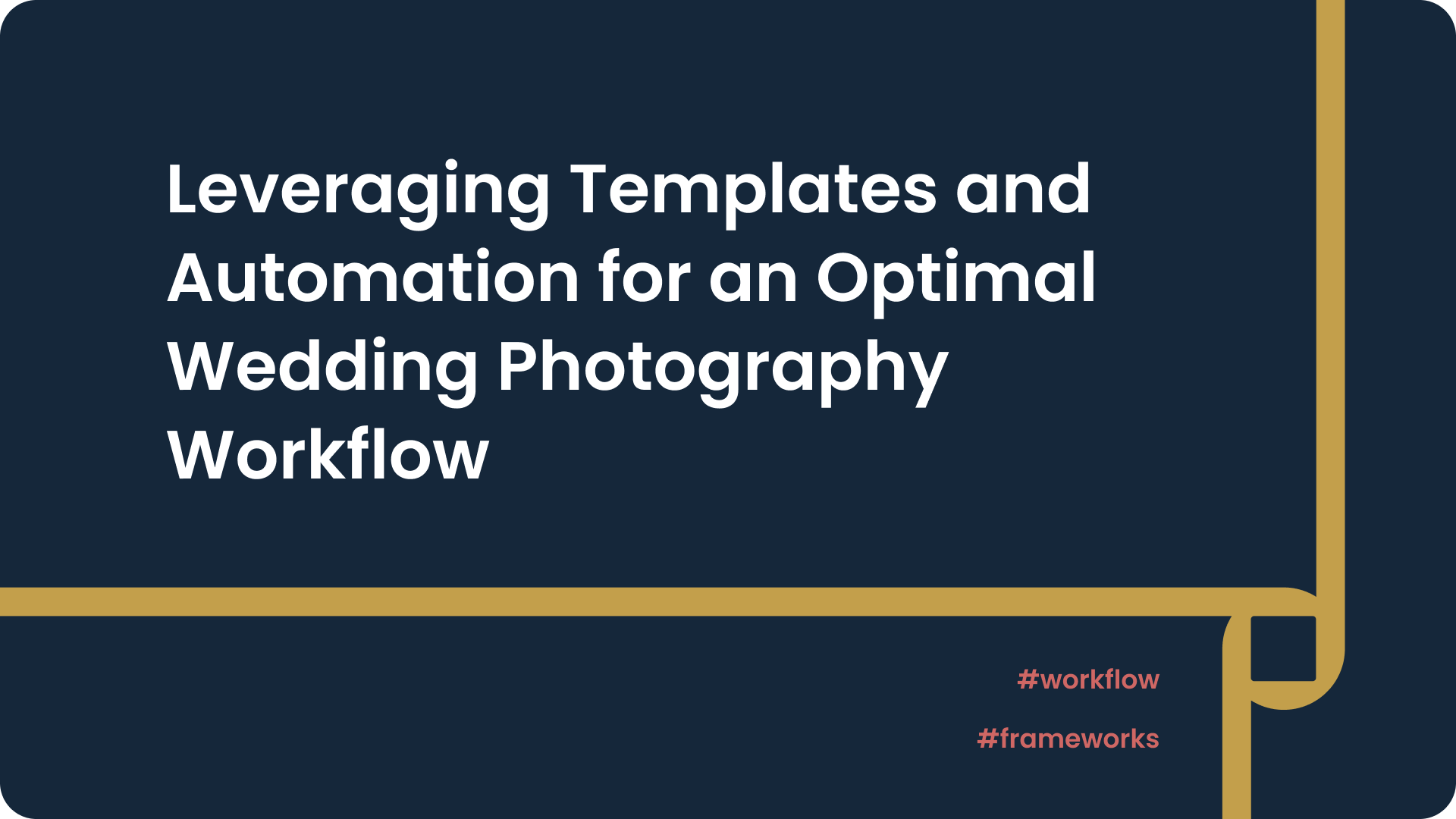Automating Administrative Tasks: How Photographers Can Reclaim Creative Time
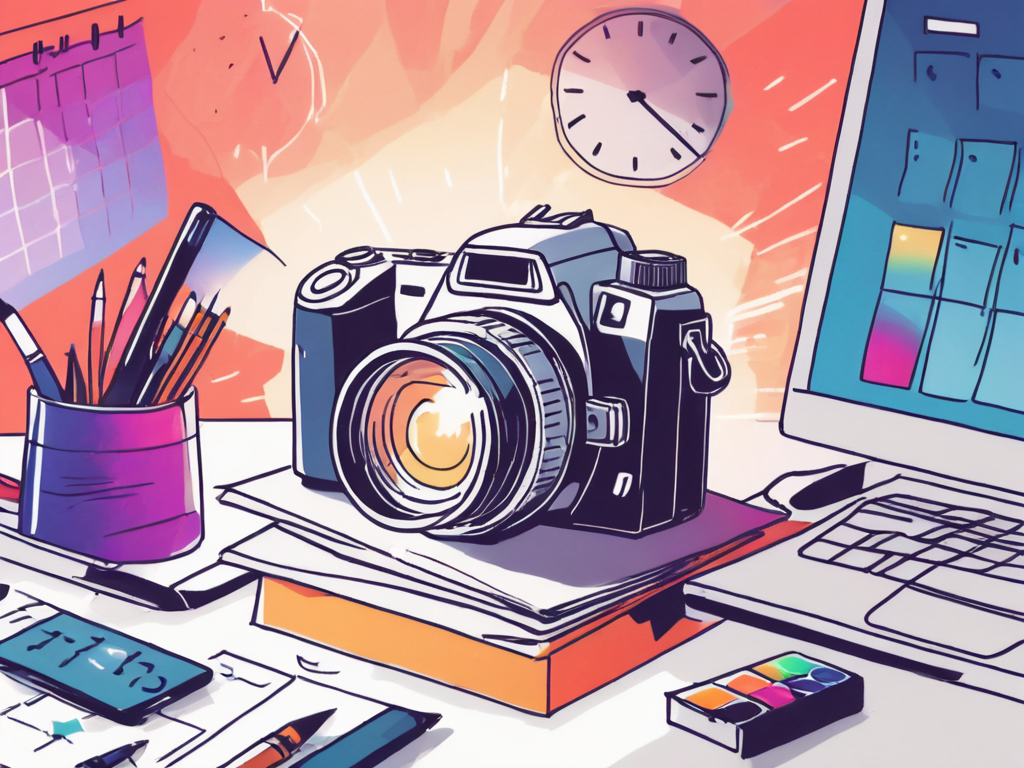
In the world of photography, time is a precious commodity. Photographers are constantly juggling between capturing stunning images and managing the administrative tasks that come with running a photography business. From scheduling appointments to editing photos, administrative tasks can eat away at the valuable creative time that photographers crave. However, with the advent of automation tools, photographers now have the opportunity to reclaim their creative freedom and focus on what they do best - capturing beautiful moments.
Understanding the Importance of Automation in Photography
Before delving further into the topic, it's important to grasp the significance of automation in the photography industry. Administrative tasks, though necessary, can be time-consuming and monotonous. From managing client appointments to organizing files, photographers find themselves spending valuable hours on repetitive tasks that could otherwise be automated. By automating these tasks, photographers can free up their time, allowing them to dedicate more energy to their photography and deliver better results to their clients.
Moreover, automation in photography extends beyond just time-saving benefits. It also enhances the overall client experience. By implementing automated systems for tasks like sending reminders and delivering proofs, photographers can provide a more efficient and professional service to their clients. This not only improves customer satisfaction but also helps in building a strong reputation in the competitive photography industry.
The Role of Administrative Tasks in Photography
Administrative tasks play a crucial role in the photography business. From responding to client inquiries to managing bookings and contracts, these tasks ensure the smooth operation of a photography business. However, without automated systems in place, photographers can find themselves overwhelmed with paperwork and lengthy processes, which can detract from their creative pursuits.
Furthermore, efficient automation of administrative tasks can lead to better time management and increased productivity. By utilizing tools like automated email responses and online booking systems, photographers can streamline their operations, allowing them to focus on honing their photography skills and exploring new creative avenues.
Why Automate Administrative Tasks?
Automation offers countless benefits for photographers. First and foremost, it saves time. By automating repetitive tasks such as appointment scheduling, photographers can streamline their workflow, allowing them to focus on their craft. Additionally, automation reduces the risk of human error, ensuring accuracy in tasks such as client data management and financial tracking.
Moreover, automation can also lead to cost savings in the long run. By reducing the time spent on manual administrative work, photographers can allocate their resources more efficiently, ultimately improving their bottom line. This shift towards automation not only modernizes the photography business but also positions photographers for long-term success in a rapidly evolving industry.
Exploring Different Automation Tools for Photographers
When it comes to automation tools for photographers, the options are vast and varied. From software designed specifically for scheduling and booking to programs that automate photo editing and post-production tasks, photographers have a wide array of tools at their disposal.
Exploring the world of automation tools for photographers unveils a realm of possibilities that can revolutionize the way photography businesses operate. By harnessing the power of technology, photographers can streamline their workflows, enhance productivity, and ultimately deliver better results to their clients.
Automation Software for Scheduling and Booking
Scheduling appointments and managing bookings are critical aspects of running a photography business. Automation software, such as appointment scheduling apps, allow photographers to streamline the booking process. Clients can easily view available time slots and secure their appointments with just a few clicks, eliminating the need for time-consuming back-and-forth communication.
Moreover, these scheduling tools often come equipped with features like automated reminders and calendar synchronization, further simplifying the booking process for both photographers and their clients. By automating these administrative tasks, photographers can devote more time to their craft and client interactions, ultimately improving the overall customer experience.
Automating Photo Editing and Post-Production Tasks
Photo editing and post-production can be time-consuming and tedious. However, there are automation tools available that can significantly speed up these processes. Programs like batch editing software and preset generators help reduce the time spent on editing, allowing photographers to focus on the creative aspects of their work.
Furthermore, some advanced photo editing automation tools leverage artificial intelligence to analyze images and make intelligent editing suggestions. These tools can help photographers achieve consistent editing styles across their work, saving time and ensuring a cohesive look and feel to their portfolio. By embracing automation in photo editing, photographers can elevate the quality of their work while maximizing efficiency.
The Impact of Automation on Creative Time
With administrative tasks taken care of through automation, photographers can now fully embrace their creative side. By reclaiming the time previously spent on mundane tasks, photographers can immerse themselves in their art and produce exceptional work.
Automation in the field of photography has revolutionized the way photographers approach their craft. Beyond just streamlining processes, automation has opened up a world of possibilities for creatives to push the boundaries of their artistry. By leveraging technology to handle repetitive tasks, photographers are empowered to focus on honing their unique style, experimenting with innovative techniques, and delving deeper into their creative vision.
How Automation Frees Up Time for Creativity
Automation gives photographers the ability to allocate more time to the creative process. With administrative tasks automated, photographers can dedicate themselves fully to brainstorming new concepts, experimenting with different techniques, and capturing unique and awe-inspiring images. This not only enhances their creative skills and vision but also sets them apart in a competitive industry.
Moreover, the time saved through automation allows photographers to engage in continuous learning and skill development. Whether it's attending workshops to refine their craft, exploring new genres of photography, or collaborating with other creatives, automation serves as a catalyst for growth and innovation within the photography community.
Balancing Automation and Personal Touch in Photography
While automation can undoubtedly elevate a photographer's efficiency and productivity, it's essential to strike a balance between automation and the personal touch that clients appreciate. Although administrative tasks can be automated, it's crucial to maintain personalized communication and tailor the photography experience to each client's unique needs and preferences.
By combining the convenience of automation with a personalized approach, photographers can create a seamless and memorable experience for their clients. From the initial consultation to the final delivery of images, infusing a personal touch into every interaction not only builds strong client relationships but also fosters a sense of trust and loyalty in an increasingly competitive market.
Implementing Automation in Your Photography Business
Embracing automation in your photography business may seem overwhelming at first, but with a few simple steps, it can be seamlessly integrated into your workflow.
Automation can revolutionize the way you manage your photography business, allowing you to focus more on your creative work and less on tedious administrative tasks. By streamlining processes such as client communications, scheduling, and invoicing, you can improve efficiency and productivity, ultimately leading to a more profitable and sustainable business.
Steps to Introduce Automation in Your Workflow
Start by identifying the specific administrative tasks that you find most time-consuming or repetitive. Research automation tools that cater to those tasks and experiment with different software to find the best fit for your needs. Once selected, implement the chosen automation tools gradually into your workflow, ensuring a smooth transition for both you and your clients.
Consider integrating automation not just in your back-end processes but also in client-facing interactions. Automated email responses, online booking systems, and digital contracts can enhance the overall client experience, making it more convenient and professional.
Overcoming Challenges in Automation Implementation
Implementing automation may come with its fair share of challenges. It requires adapting to new processes and incorporating new software into your routine. It's essential to stay patient and give yourself time to understand and adjust to the changes. Seek support and guidance from online resources, fellow photographers, or software providers to overcome any obstacles you may encounter along the way.
Remember that automation is not meant to replace the personal touch in your photography business but to complement it. Finding the right balance between automated efficiency and personalized service is key to leveraging the full potential of automation while maintaining the unique connection you have with your clients.
Future of Automation in Photography
The future of automated photography holds exciting possibilities. As technology continues to advance, automation is expected to play an even more significant role in the field.
Emerging Automation Trends in Photography
One emerging trend in automated photography is the use of artificial intelligence to assist in image curation and selection. AI algorithms can analyze vast collections of images, providing photographers with recommendations based on aesthetic and technical criteria. This can significantly speed up the culling process, allowing photographers to efficiently identify their best shots.
Preparing for the Future of Automated Photography
To prepare for the future of automated photography, it's crucial for photographers to stay informed about technological advancements and embrace new tools and techniques. By continually updating their skill set and adapting to change, photographers can position themselves at the forefront of the industry and continue to deliver exceptional work.
Looking for an easier way to manage and grow your studio? Experience a platform built by a photographer, for photographers. Try it free for 2 weeks.
